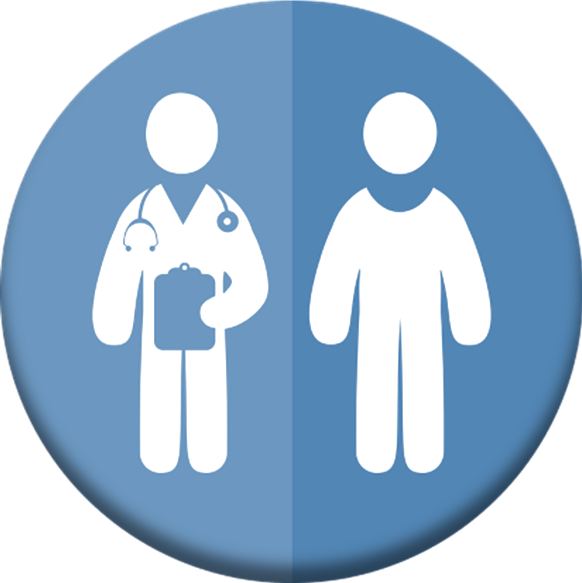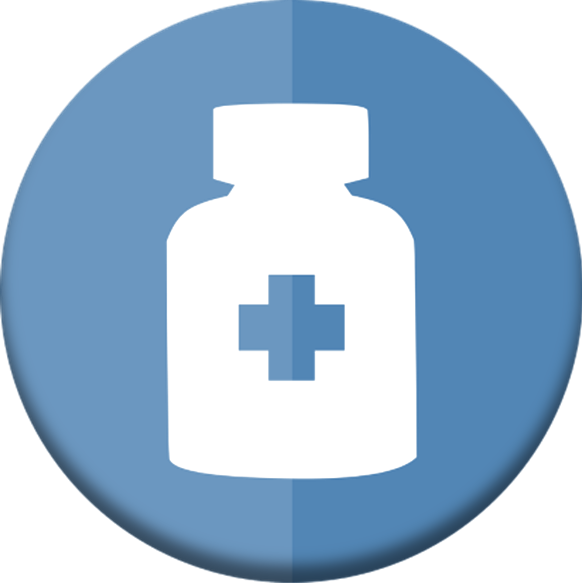
Medicare Part A covers your hospital expenses. This includes hospital stays, skilled nursing care, hospice, and home health-care services. You may have to pay various deductibles, coinsurance, and copayments. You earn Part A by paying taxes toward Medicare while working for 10 years (or 40 quarters). If you did not earn Part A, you will pay a premium.

Medicare Part B covers services that treat illnesses or conditions such as doctor’s office visits, lab work, x-rays, and outpatient surgeries. It also covers preventive services like cancer screenings and flu shots. Part B also covers medically necessary durable medical equipment such as wheelchairs and walkers to treat a disease or condition. Most people pay a premium for Part B. Even if you are enrolled in a Medicare Advantage plan that provides your Part A and Part B benefits, you will still pay your Part B premium.

Original Medicare doesn’t cover prescription drugs. You will pay a late-enrollment penalty if you don’t sign up for Medicare Part D Coverage when you are first eligible. You can get Medicare Part D prescription drug coverage either through a stand-alone Prescription Drug Plan (PDP), or through a Medicare Advantage Plan that includes prescription drug coverage.
Before choosing a plan we want to be sure you know the difference between your many options; In particular how Medicare Supplements and Medicare Advantage Plans differ. Many people sign up for Advantage Plans thinking they are Supplements, they are not.

A Medicare Supplement Insurance Plan is used with original Medicare. Any caregiver that accepts Medicare will take a Supplement because they only need to bill Medicare. Medicare pays their part (generally 80% of Medicare covered benefits) and sends the remainder of the bill to the Supplement which pays their part (generally 20%). It is important to note that Supplements do NOT include Prescription Drugs, dental, vision, hearing aids, eyeglasses or long term care. You will need to pair a drug plan with a supplement to meet Medicare’s Part D requirement.

Medicare Advantage Plans, sometimes called "Part C" or "MA Plans," are an “all in one” alternative to Original Medicare. They are offered by private companies approved by Medicare. If you join a Medicare Advantage Plan, you still have Medicare. These "bundled" plans include Medicare Part A (Hospital Insurance) and Medicare Part B (Medical Insurance), and usually include drug coverage, dental, vision, hearing aids, eyeglasses, over the counter benefits & gym membership.
Many Medicare Advantage plans are offered at a $0 premium.

Medicare Prescription Drug Plan (Part D). These plans sometimes called "PDPs" add drug coverage to Original Medicare. Supplements and some Medicare Advantage Plans.
Each Medicare Prescription Drug Plan has its own list of covered drugs called a formulary. Many Medicare drug plans place drugs into different "tiers" on their formularies. Drugs in each tier have a different cost.
A drug in a lower tier will generally cost you less than a drug in a higher tier. In some cases, if your drug is not on the formulary and your prescriber thinks you need that drug, you or your prescriber can ask your plan for an exception.